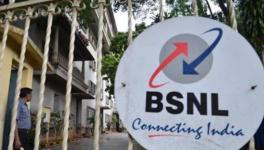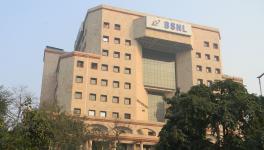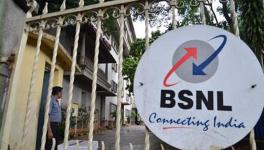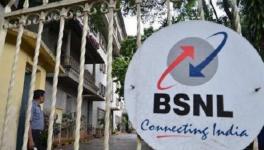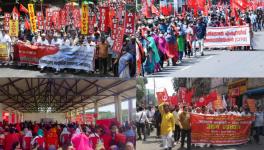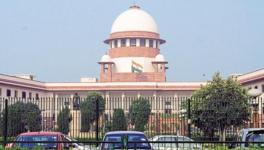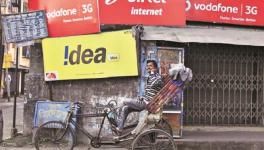Claiming Victory in Defeat: The Spectrum Auction Fiasco
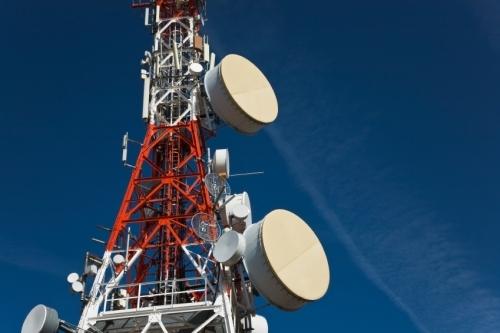
The government is in a complete denial on its spectrum auction fiasco. Only Rs. 65,000 crore worth of spectrum – or 11.6% of the expected price of 5.6 lakh crore – on the block was sold. Out of this, the government would get only Rs. 32,000 crore this year, leaving a gaping hole in its revenue projection of Rs. 98,994.93 crores in the budget for this year, as 'other communications services', the bulk of which is expected to be spectrum fees. Fully 60% of the spectrum on offer, particularly the highly priced 700 MHz band, remained unsold, compared to the 2015 auction, when only 11% of the spectrum was left unsold.
In spite of the obvious failure of the spectrum auction, the government has been claiming success as it was the largest spectrum auction carried out “in a transparent manner”. Does it mean that the present government's 2105 spectrum auction was not transparent? Or that they has knowingly offered spectrum which they knew would not attract any bidders?
For an analysis of the failure of the spectrum auction, we must also look at the larger context.
We have a telecom sector that has been saddled with a very poor quality of service that is affecting the consumers. The industry had claimed that the key problem that they face is inadequacy of spectrum. If it is indeed true, the poor response to the spectrum auction does not show any evidence of this. The telecom companies either do not believe in what they are saying, or believe that they cannot get away with poor service.
Why are dropped calls so high in India? The figures that the service providers have been reporting to TRAI are gross underestimates. TRAI has set up a quality of service standard of less than 2% dropped calls for the operators. This compares favourably with global figures are less than 3%. While the industry has been reporting figures of less than 3%, the TRAI had earlier said that figures were about 4.73%. This by itself would not be very bad. The reality is that the actual numbers are much higher. In October last year, TRAI admitted that mobile operators had a call drop rate of as high as 24.6 per cent for 2G services and 16.1 per cent for 3G services respectively for the April-June quarter of 2016.
Why are dropped call rates so high? The industry claims that this is due to a lack of spectrum, and regulatory constraints in putting up cell towers. However, studies indicate that the bulk of dropped calls have occurred due to poor network infrastructure and network management. Without going into the details, the dropped calls have two primary reasons. One is not investing in their physical network infrastructure except for expanding data services, and the other, for using existing erstwhile voice spectrum for data as well.
During the hearing on the TRAI order imposing penalties on the telecom companies for dropped calls, it was disclosed by the Government that while the telecom companies made huge profits – to the tune of 61% – they invested only 5% on infrastructure.
There is an argument that the existing spectrum is inadequate for the number of subscribers. This is partially true. What is left unsaid is that the telecom operators have been trying to squeeze as much as they can out of their existing infrastructure and spectrum at the cost of poor service. It has been compounded by the relaxation given by the government that instead of reserving certain spectrum bands for voice, they could also be used for data. As data users provide higher revenue, the operators have squeezed the voice subscribers further by optimising for data at the expense of voice. That is why the dropped call rates have become much more of a problem recently as the competition for data has heated up. With Reliance Jio entering the fray, we are likely to see the dropped call phenomenon become even worse.
The trend towards using voice spectrum for data was visible in this auction as well. The industry preferred to buy the bargain basement chunks of spectrum, which can be used for voice as well as data, instead of buying the costly spectrum such as the 700 MHz band, which are meant for high end data services. What this means is that the companies will use the voice band for data as well and the dropped call rates for the voice users will at best continue at current levels, or get even worse..
The spectrum auction therefore brings out the underlying problem of the sector, where the voice users continue to be neglected as captive customers, who have to live with poor service.
Unfortunately, TRAI's attempt to address the dropped call rate problem using a financial penalty of paying the consumer for dropped calls was turned down by the Supreme Court las year as too complicated, arbitrary and not transparent. The Supreme Court had said that if they wanted penalties to be paid to the consumers, then TRAI should have issued a Tariff Order and not a Regulatory directive. TRAI as well as the government seems to have gone to sleep on that one, instead of addressing the problem using a back to the drawing board approach that the court had asked.
Clearly, if dropped call rates were of concern to the industry, we would have seen a much better response to the auction. The fact that it did not happen indicates that the industry is clear that consumers have little choice and the TRAI and the government will only make noises without taking any serious action.
The other issue in the telecom sector is that it has become highly carteslised. Only 3 operators, Airtel, Vodafone and Ideas have the bulk of the subscribers today – they control about 75% of the Indian market. BSNL's share has shrunk to less than 10%. Consequently, the subscribers have little choice. All these operators have very similar calling charges and even similar dropped call figures. In the Supreme Court hearings, the issue of cartels was brought up by the government itself. But it has neither taken any measure to address the issue, nor has the TRAI. Competition, the supposed panacea for all ills, is clearly not working.
As we well know, competition leads to monopolies emerging through what are called network effects. The more subscribers you have, the cost per subscriber drops, making it difficult for others to compete. A possible corrective could be a well-run state entity that would offer quality services and hold the price. Unfortunately, successive governments including this one, has discriminated actively against BSNL, forcing it out of the competition in various ways. Consequently, this corrective is not working either.
The other problem with the telecom sector is the huge overhand of debts of the sector. Due to the revenue sharing arrangement that the Vajpayee government had started in 1998, the telecom sector has borrowed heavily without bringing in its own capital. Even when large amount of capital has come, it has been to buy the shares of the company – from Essar, Max and Hutchison to Vodafone – at a huge price, without investing in it. It leveraged the company's shares and borrowed from banks to finance such sales. So even the acquisition of the erstwhile companies that had held the licenses, were financed finally by by the banks through loans to Vodafone, which we, as subscribers are now paying off.
The telecom sector now owes Rs. 4.30 lakh crore to the Indian banks, much of which can become non performing assets. In other words, the Indian public sector banks would take a huge loss, while the telecom companies keep their profits or sell their shares to others. These losses would then be “paid” out by your and my money, through various strategies of the Reserve Bank. It is acknowledged that Raghuram Rajan, the former Governor of Reserve Bank, had to go as he was seen as a hindrance to such crony capitalist measures. The familiar game of capital: heads I win, tails you lose.
The failure of the spectrum auction shows the underlying problems of the sector. The Modi government's tactic of managing the media and claiming victory in defeat, is visible in this auction as well. All is not well with the telecom sector. This is the message of the failed auction.
Get the latest reports & analysis with people's perspective on Protests, movements & deep analytical videos, discussions of the current affairs in your Telegram app. Subscribe to NewsClick's Telegram channel & get Real-Time updates on stories, as they get published on our website.









